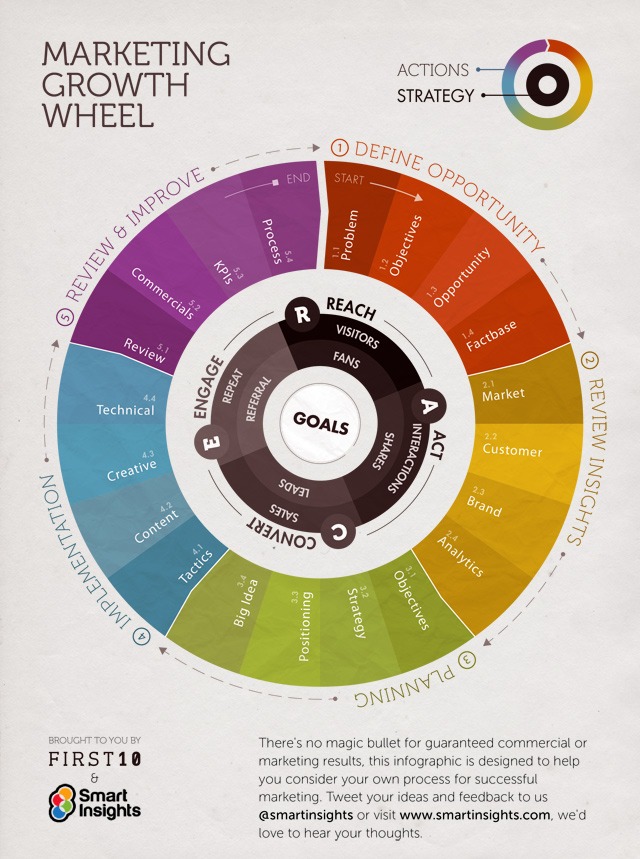You want to go into next year confident that you’ll contribute to the revenue goal.
Here are 6 steps to include in your planning process with New tactics, content, channels and the next big ideas.

The 6 Steps to Marketing Planning
Step 1 – Revenue Planning
Define the plan for how you are going to achieve your revenue goal relative to your competitors.
- What is the financial model that summarizes how we are going to make the number?
- What is the financial model that summarizes the costs associated with making the number?
- What KPIs do we need to measure to know we are on track?
- What is the execution plan that details what we will do in pursuit of the revenue goals?
- What resources are needed to make the number (time, budget, people, etc.)?
Step 2 – Budget Planning
Determine the budget needed and how to allocate it to attain your goals.
- What budget method is right for us (Percentage of Revenue, Competitive Benchmarking, Objective Based, Affordability, etc.)?
- How will we track spending to ensure we are stay on track?
- What is our desired return on marketing investment?
- What budget do we need approved that is sufficient to meet our revenue goals?
- What headcount do we need to get approved that is sufficient to meet our revenue goals?
Step 3 – Product Solution Planning
Define, educate and provide access to products/solutions that solve customer problems.
- How do our products/solutions compare to our competitors?
- Where are our products/solutions on the life cycle of adoption?
- What’s our positioning statement for each product/solution?
- What’s our value proposition for each product/solution?
- What should our messaging be for each product/solution?
- What is our product/solution launch strategy?
- What role do we need field marketing to play?
- How does our pricing approach compare to our competitors?
- What should our pricing strategy be?
Step 4 – Campaign Planning
Design marketing campaigns that attract buyers to your products/solutions.
- What types of campaigns do we need to run (awareness, competitive replacement, upsell, cross sell, migration, new logo, nurture, renewal, etc.)?
- For each of our campaigns, what are the objectives, budget, schedule, and goals?
- For each of our campaigns, which personas are we targeting? What content assets and market messages will compel them to respond?
- For each of our campaigns, what activities should we run (blog, websites, webinar, email, social media, direct mail, tradeshow, etc.)?
- For each of our campaigns, what are the offers, calls-to-action, media and lists?
- For each of our campaigns, what KPIs should we track and how should we report the data?
Step 5 – Content Planning
Determine the process for creating and distributing compelling content to attract target buyers.
- What are the content goals for the marketing and sales teams?
- When, where, how do our buyers consume content?
- What content do we have vs. need?
- What trigger events put our buyers in the market?
- What is our editorial calendar?
- What content production schedule is needed to meet our content goals?
- How do we incorporate SEO analysis in our content plans?
- How do we promote the content we create?
- How do we test and constantly improve content?
Step 6 – Data Planning
Define data required to drive marketing decisions.
- What data do we have? What data do we need? Where do we have data gaps?
- Where does the data you need sit? How can you get your hands on it?
- What is the data architecture design needed to provide the data we need?
- What data is clean vs. dirty? How do we keep the data we need clean?
- Who owns what data? What does this data ownership mean?
Key Takeaway
Marketing Planning is where you develop revenue, budget, product/solution, campaign, content and data plans. When these 6 steps are executed, you are on your way to making the number.
Via: salesbenchmarkindex.com/blog/why-your-marketing-plan-will-fail